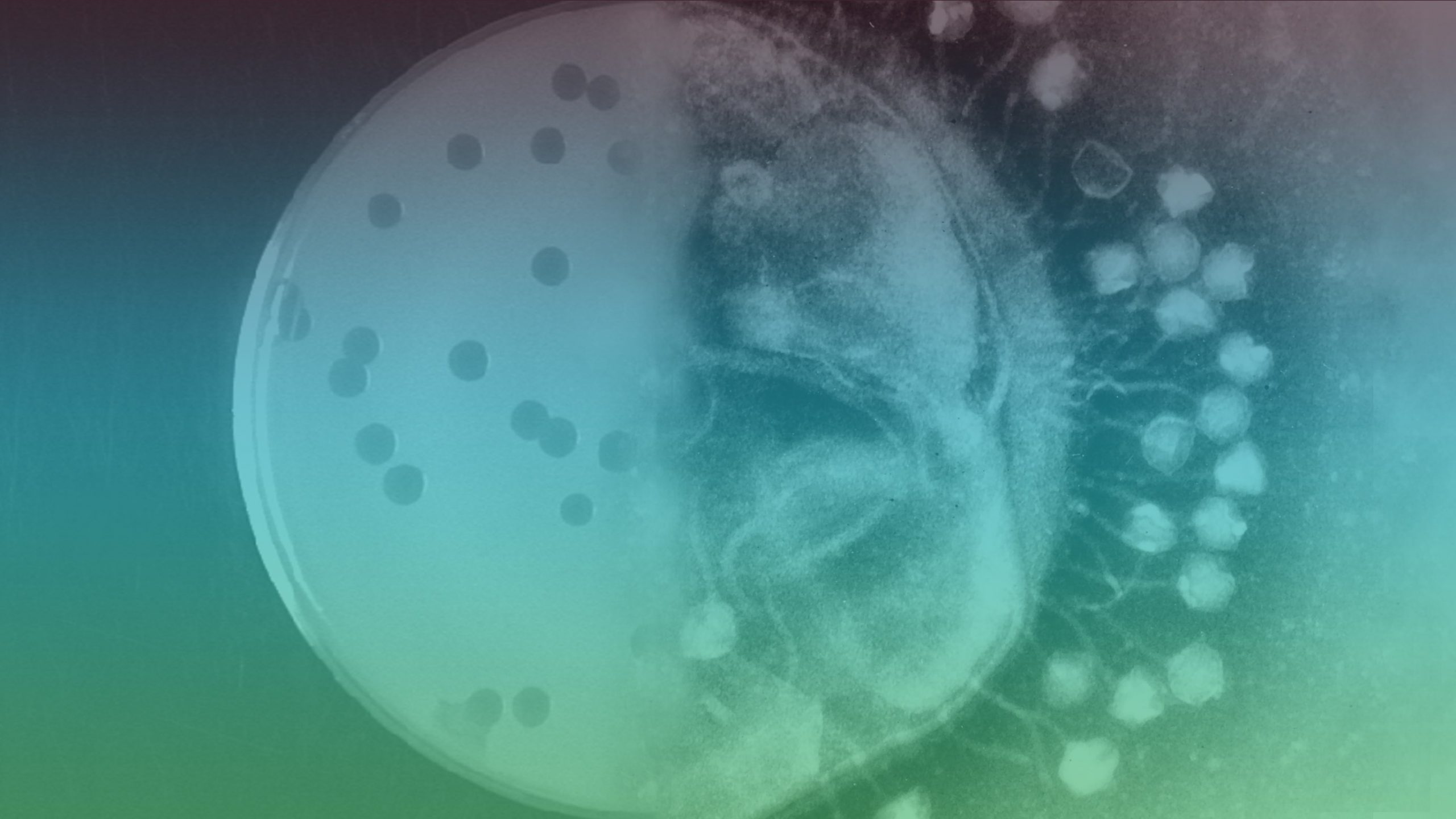During this three day JPIAMR workshop insights and updates were shared regarding the state of the therapeutics pipeline in a context of related topics and perspectives. The event was attended by 400 people from 45 different countries.
The video recordings of the workshop are now available on the JPIAMR YouTube Channel. Please click on the links to watch the sessions from each day:
Below please find the summaries of the workshop sessions. A full workshop report will be published later.
Day 1, April 20
Session 1: Antimicrobial Therapeutics Landscape
- The current antimicrobial pipeline is insufficient to tackle the challenges of AMR (WHO, Pew Trust). Still no novel classes addressing WHO priorities.
- Funders are supporting a diversity of approaches: novelty vs improvements, traditional vs non-traditional (JPIAMR, CARB-X, IMI,). Important to fill gaps in the R&D value chain: new differentiation criteria (BEAM), clinical trial capacities & capabilities (Wellcome).
- EU (Horizon Europe) taking a variety of AMR initiatives with a One Health approach (partnerships, SMEs, pull incentives)
Session 2: Choosing wisely — is your product worth developing?
- Public health needs (WHO priorities) and the future reimbursement landscape should drive our choices.
- Need to consider new mechanisms to reveal the hidden value of antibiotics (“fire extinguishers”)
- Added value vs “existing”: Payers need to see data on targeted populations (though phase 4 trials?)
- Individual vs societal: “benefit to those around me“ is difficult to assess, but regulators (EMA) are open to finding a solution
- What is desirable and what is achievable: “push” funders are taking a balanced portfolio approach (CARB-X, Novo) also trying to cover geographical gaps (GARDP) but pull incentives are absolutely needed to achieve sustainability
Session 2a: Activities to support the AMR therapeutics research community
- Patient involvement in research helps to determine societal value of products – charities and patient groups can be an important resource for researchers
- Research platforms support research collaboration and coordination – crossing geographic and sectoral boundaries
- Coordinated efforts and information exchange are required to facilitate the transition of innovative products through the AMR therapeutics pipeline and reduce duplication of effort
Day 2, April 21
Session 3: Mtb antimicrobial pipeline
- Exciting times for TB drug development with novel regimens and a vibrant pipeline
- Partnership and collaboration are the keys to success: academic discovery and tools, SME agility and Pharma expertise all contribute to reducing duplication of effort
- Early hit triage based on predicted in vivo relevance helps in reducing drug discovery risks, clinical failure and downstream development costs
- Optimal drug dosing is critical to balance risk-benefit to improve treatment success; lesion specific PK rather than plasma
- Novel strategies and outcomes
- Phenotypic screens
- Blocking efflux pumps
- Adjunctive agents to boost efficacy
- Repurposing of drugs can reduce time and costs of drug development: the example of Nitazoxanide
Session 4: Novel antimicrobial targets
- Stimulation of the innate immune system as a non-traditional target to quench infection and reduce treatment failure
- Chemical and antibody screens targeting biofilm formation and other anti-virulence approaches to avoid gene transfer and resistance
- Novel HTS strategies that explore the non-coding RNA space by targeting TPP riboswitches
- Novel antimicrobials specific against Helicobacter pylori – FLAV4AMR
Session 5: Non-traditional antimicrobials
- Tolerance inhibitors sensitize Mtb to stress that is induced under infection, improve the function of Isoniazid, and re-sensitize infections to Isoniazid-resistant isolates
- Understanding PKPD, in vivo relevance, innate immunity and resistance to develop antimicrobial peptides that can be delivered systemically
- Antimicrobial peptides and bacteriocins: highly potent agents with potential for reduced antimicrobial resistance
- Bacteriocins provide opportunities for directed delivery of antimicrobials to improve patient management and compliance
Day 3, April 22
Session 6: Novel strategies
- Microbial metabolism is attractive novel target for drug development
- Novel artificial siderophores as “Trojan Horses” – tools for the detection (bioluminescence) and treatment of gram-neg infections
- Computational modelling approaches that capture biological context and complexity to identify novel targets for antibacterial therapies – drug target identification is key to a successful drug development process
- Adjuvants inhibiting bacterial pump efflux to maximise the intrabacterial concentration of antibiotics
- Combination of antibiotics and antibiotic/ adjunctive agents show in vitro activity and PK showing potential for treating resistant pathogens
Session 7: Economic incentives
- Existing models of reimbursement don’t work for antimicrobial therapeutics
- Current and future value to the health system needs to be assessed
- Pilot payments/ reimbursement modes are being tested in the UK and Sweden:
- Payments are delinked from the volume of use (sales)
- Critical that more countries develop their own models in order to achieve global impact (eg: Pasteur Act in US Congress)
- Open Science partnerships to speed-up drug discovery and translation
- Regulatory data protection supports broad freedom-to-operate and provides private sector incentives
Session 8: Antimicrobial Stewardship, Access and Sustainability
- Health systems can be rescued if we act collectively now
- The global disparity in access to antimicrobials needs to be addressed
- We need innovation, access and security across the whole value chain of antimicrobials
- Stewardship and access are the cornerstones of medicine – aim to treat everyone everywhere
- Lack of incentives for antimicrobial stewardship
- Work needed to implement national action plans and implement IACG recommendations

